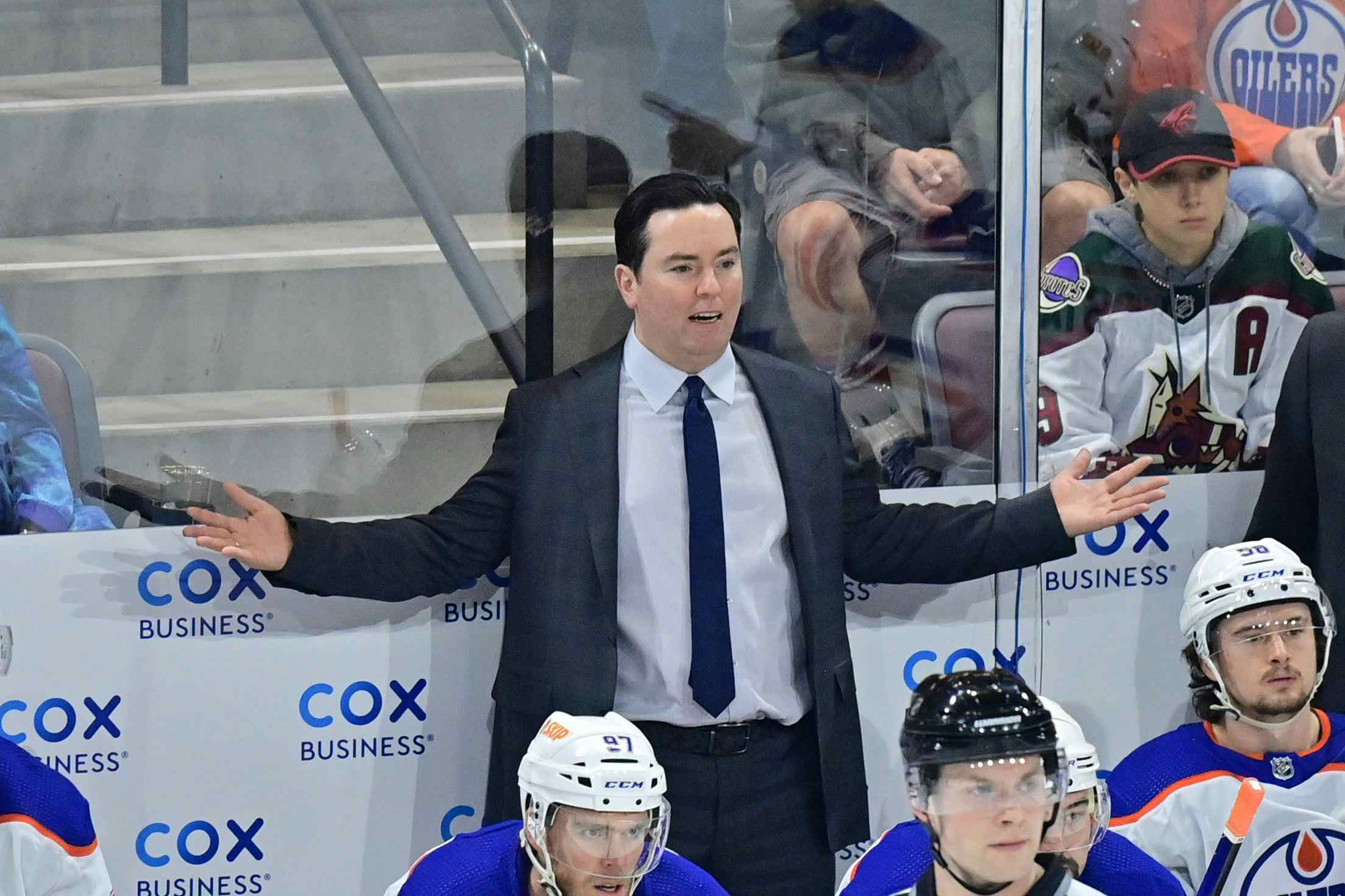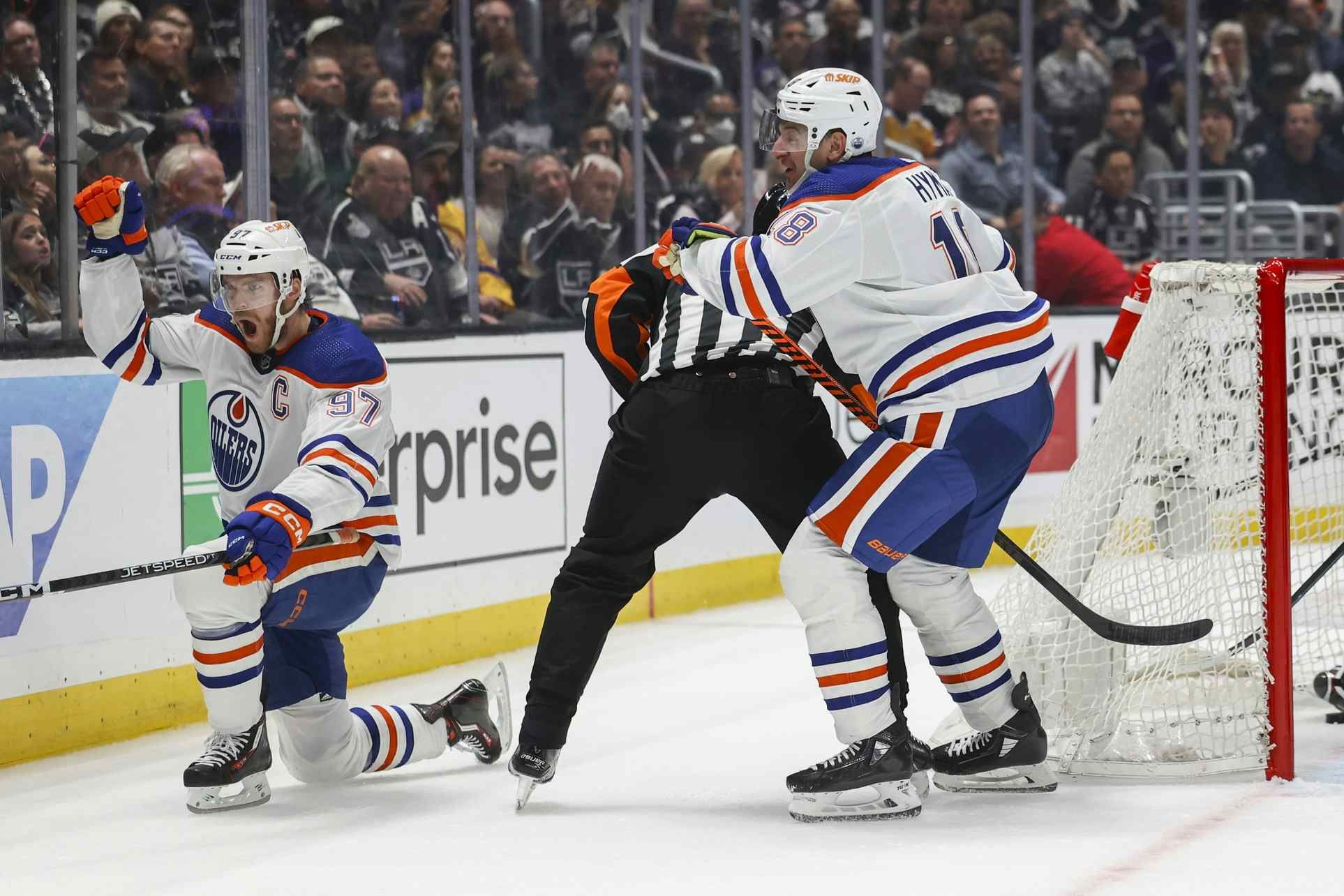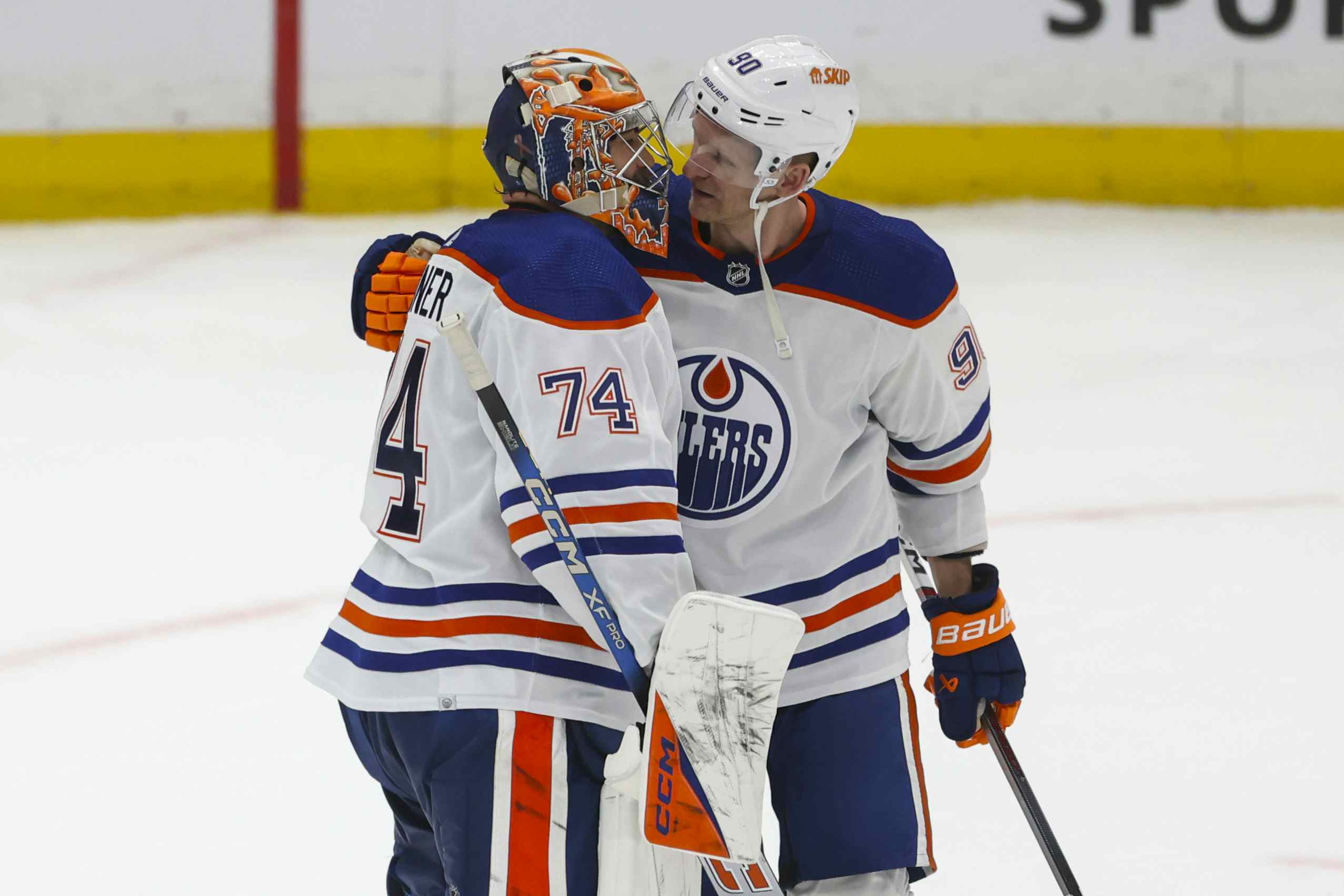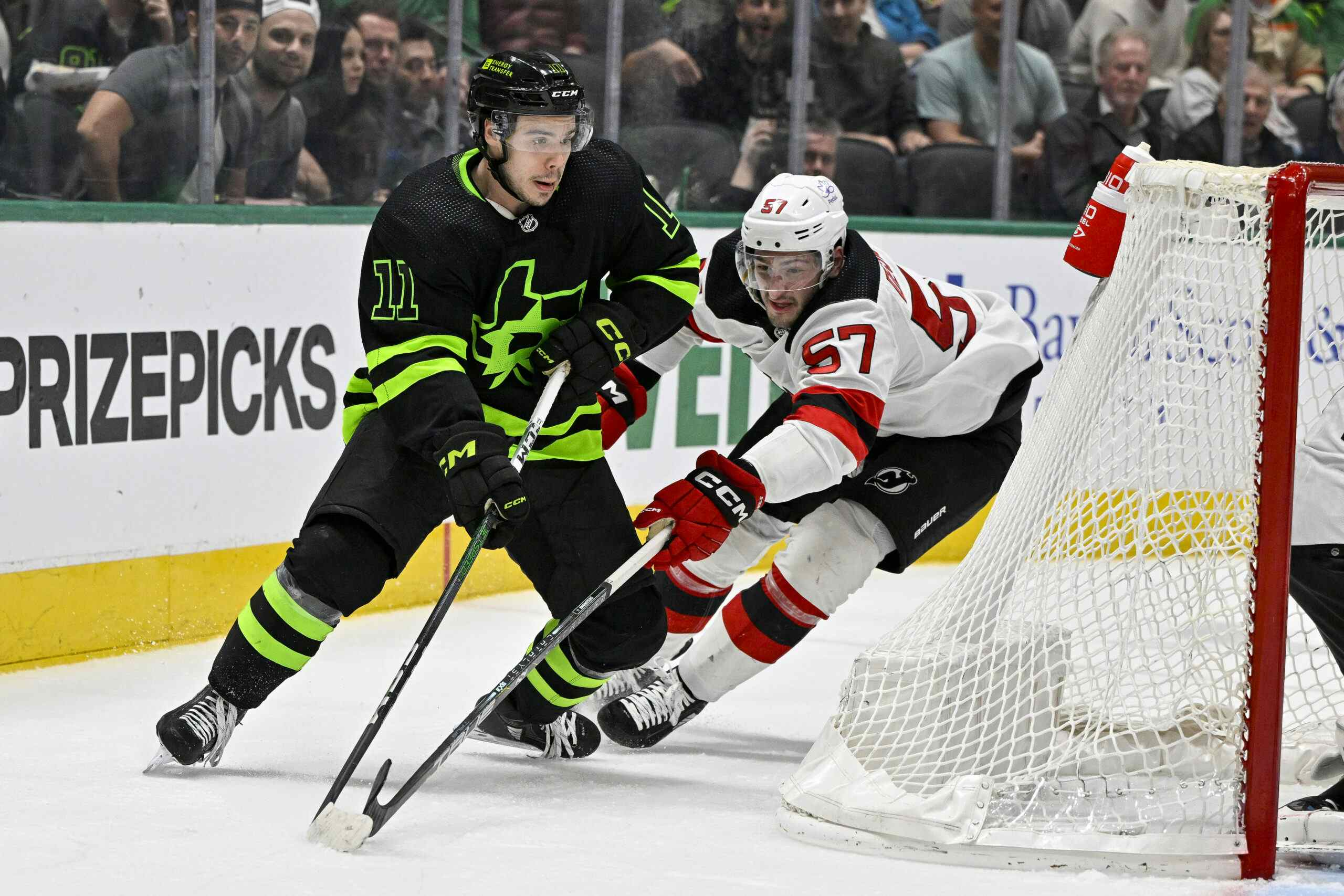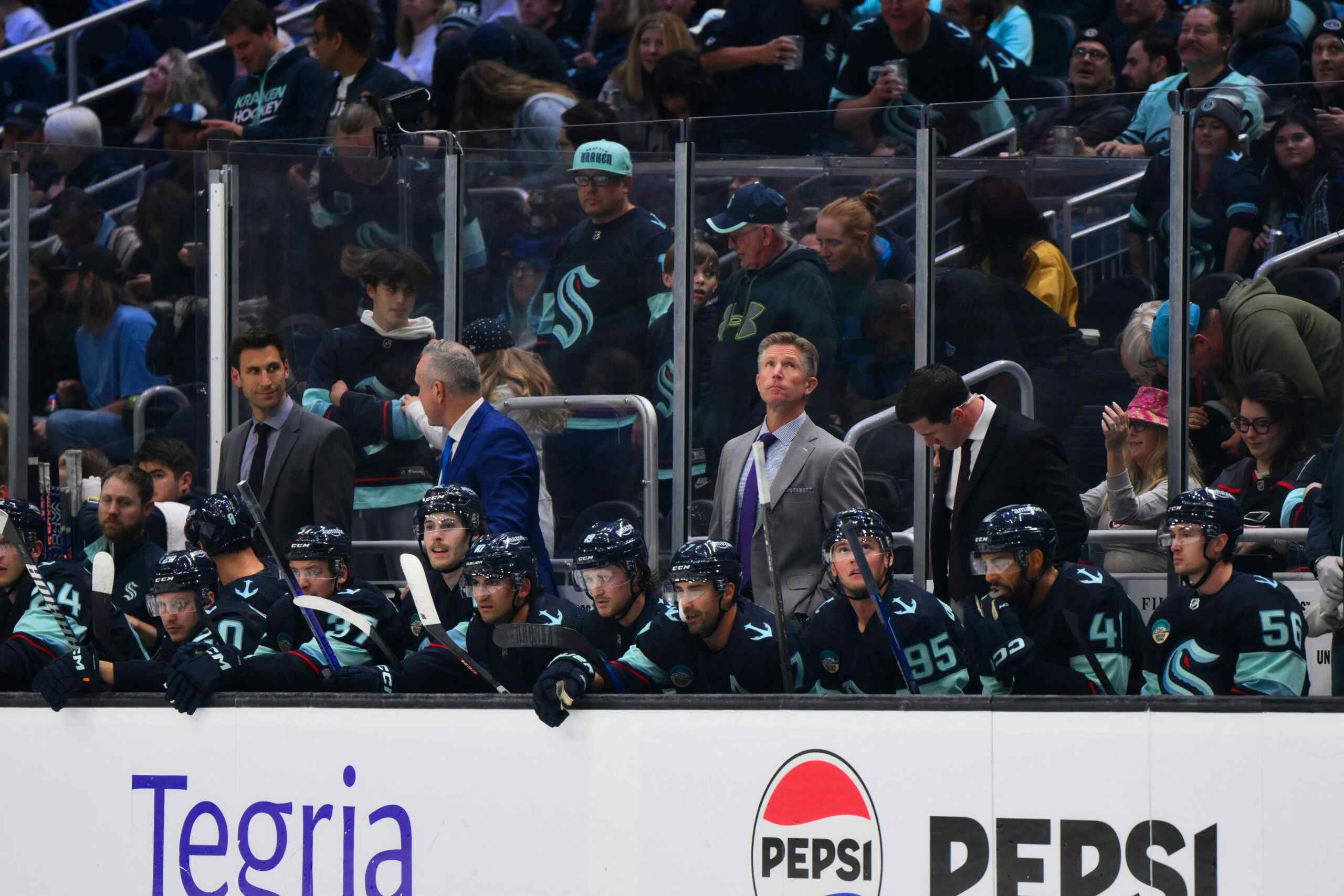In Praise of a Cheap Fourth Line

The real importance of a good fourth line is debatable. This is particularly true on a team coached by Todd McLellan, who at times has shown a tendency to lean heavily on three sets of forwards.
What everyone can agree on, though, is that a cheap fourth line is preferable to an expensive one. Given the thin margins that teams operate under, being able to save money on depth pieces can be extremely important.
That takes us to the subjects of this piece: Mark Letestu, Lauri Korpikoski, Anton Lander and Iiro Pakarinen.

Peter Chiarelli wasn’t shy about making changes this past summer. Although he did avoid making final decisions on core members of the Oilers he didn’t hesitate to shore up weaknesses he perceived on the roster.
Two of those moves in particular were aimed at improving forward depth. First, Chiarelli traded defensive specialist Boyd Gordon, who had centered an effective but expensive fourth line to the Arizona Coyotes, bringing back Korpikoski. Then, on July 1, Chiarelli signed Letestu, most recently of the Columbus Blue Jackets, to a three-year contract, with the obvious objective of filling the hole created by Gordon’s departure.
Both Korpikoski and Letestu have deals which extend beyond this season, whereas Gordon would have been a free agent on July 1. Was the duo a wise investment?
To answer that question, we’re going to compare the work of Letestu/Korpikoski as linemates to those of cheaper players that Chiarelli inherited: Lander and Pakarinen.
The Expensive Fourth Line

Using Puckalytics.com’s excellent SuperWOWY feature, we can see how given players performed with a mix of linemates. For this run, I looked at all the minutes that Letestu and Korpikoski had played together without either Lander or Pakarinen on the ice. Here’s what I ended up with:
- Minutes: 232 played together
- Goal Differential: 7 goals for, 6 against (plus-1, or 53.8 percent)
- Corsi Differential: 174 for, 221 against (minus-47, or 44.1 percent)
- Percentages and Zone Start: 7.7 on-ice shooting percentage, 0.950 save percentage, 39.3 zone start percentage
We can say two pretty good things about this line. The first is that Edmonton has scored more goals than the other team when it’s out there. The other is that McLellan has been trusting them in the defensive zone.
The bad news is that the only reason this tandem is doing so well is because the goalies are stopping almost everything they see. Only one in 20 opposition shots are turning into goals. Neither Letestu nor Korpikoski has any prolonged history of this kind of goaltending run, so we can reasonably assume that it won’t last. At some point, this duo getting caved in on the shot clock was going to cost the Oilers.
Letestu has been better away from Korpikoski (45.6 percent Corsi), while Korpikoski has been a disaster away from Letestu (40.7 percent Corsi).
Average hour together: 45 shot attempts for the Oilers, 57 for the opposition.
The Cheap Fourth Line

- Minutes: 106 played together
- Goal Differential: 3 goals for, 3 goals against (even, or 50.0 percent)
- Corsi Differential: 89 for, 85 against (plus-4, or 51.1 percent)
- Percentages and Zone Start: 10.5 shooting percentage, 0.900 save percentage, 43.5 zone start percentage
These guys actually worked really well together.
The percentages are probably bound to fall off; neither of these guys is exactly a goal-scorer and even with improved goaltending numbers they aren’t likely to break even in the goals department even if they are even in terms of shots. The curse of fourth line players is that pretty much everybody is better at finishing off chances than they are.
But even with that caveat, we see a line fighting to an even draw on the shot clock while taking on similar defensive responsibility to the Letestu/Korpikoski duo above.
Neither player has been as good apart—I’m inclined to say in large part because each has been stuck playing most of his minutes with Korpikoski—but both compare reasonably well to Letestu. Lander’s Corsi percentage in other situations is 45.3 percent while Pakarinen’s 44.6 percent.
Average hour together: 50 shot attempts for the Oilers, 48 for the opposition.
Money Money Money
Lauri Korpikoski has a $2.5 million cap hit, and his contract is back-loaded; he’s actually drawing $2.7 million in salary this year and will make $3.0 million next season. The latter two numbers only really matter if the Oilers want to buy him out/trade him to a budget team, otherwise we’re looking at cap hit.
Mark Letestu has a $1.8 million cap hit for this season and two more following.
Anton Lander and Iiro Pakarinen combined have a cap hit of $1.81 million this season. Pakarinen could climb slightly higher if he hits hiss entry-level bonuses, but even so the two combined come in well under Korpikoski’s contract alone and don’t make much more than Letestu.
We’ve seen there really isn’t any real performance at even-strength for Letestu/Korpikoski. Lander’s faceoff percentage is better than Letestu’s and all four forwards kill penalties, so the only thing that the more expensive duo really brings that the cheaper one doesn’t is Letestu’s power play time.
Performance isn’t a wash, but even if it was the money clinches this. Edmonton would have been better off if Chiarelli had made neither move in the summer and instead had leaned on his cheap incumbents to fill fourth-line minutes. The ex-Boston general manager came in and tried to shore up the Oilers’ bottom-six; all he managed to do was spend $4.3 million in cap space on two players who don’t really make a difference.

If Chiarelli can convince a playoff team that either Letestu or Korpikoski would be useful depth pieces for a playoff run, he should do it and not worry too much about the return. Both players are replaceable for less than their current salaries.
RECENTLY BY JONATHAN WILLIS
Recent articles from Jonathan Willis

